Sports
What Is A 6-Minute Mile & How To Do It
Published
3 years agoon
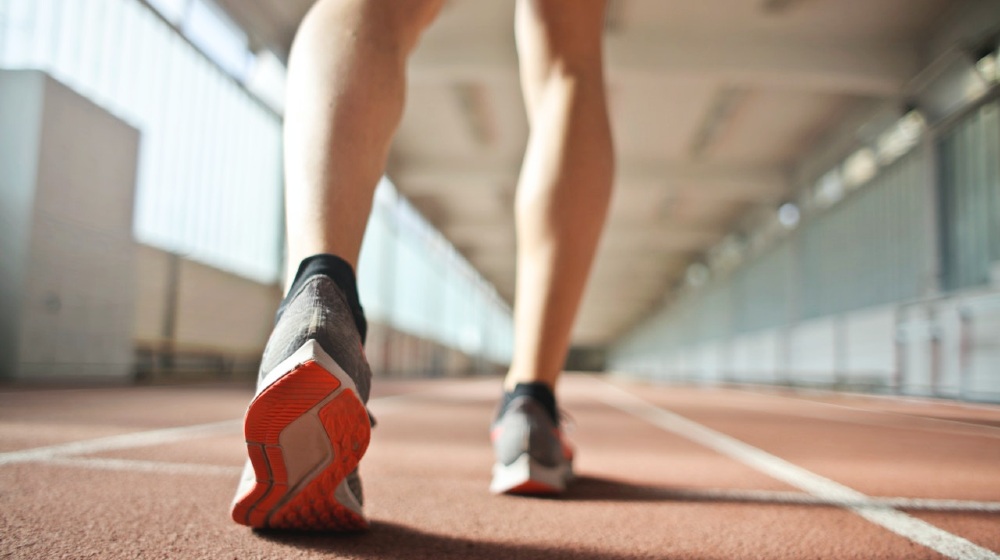
Think you can achieve a 6 minute mile? This is a feat even for most athletes, but there are things you can do to help you pick up the pace.
Continue scrolling if you want to learn more about hitting a 6 minute mile.
RELATED: Top Triathlon Destinations In The World
Work Your Way up to a 6 Minute Mile
What Is a 6 Minute Mile?
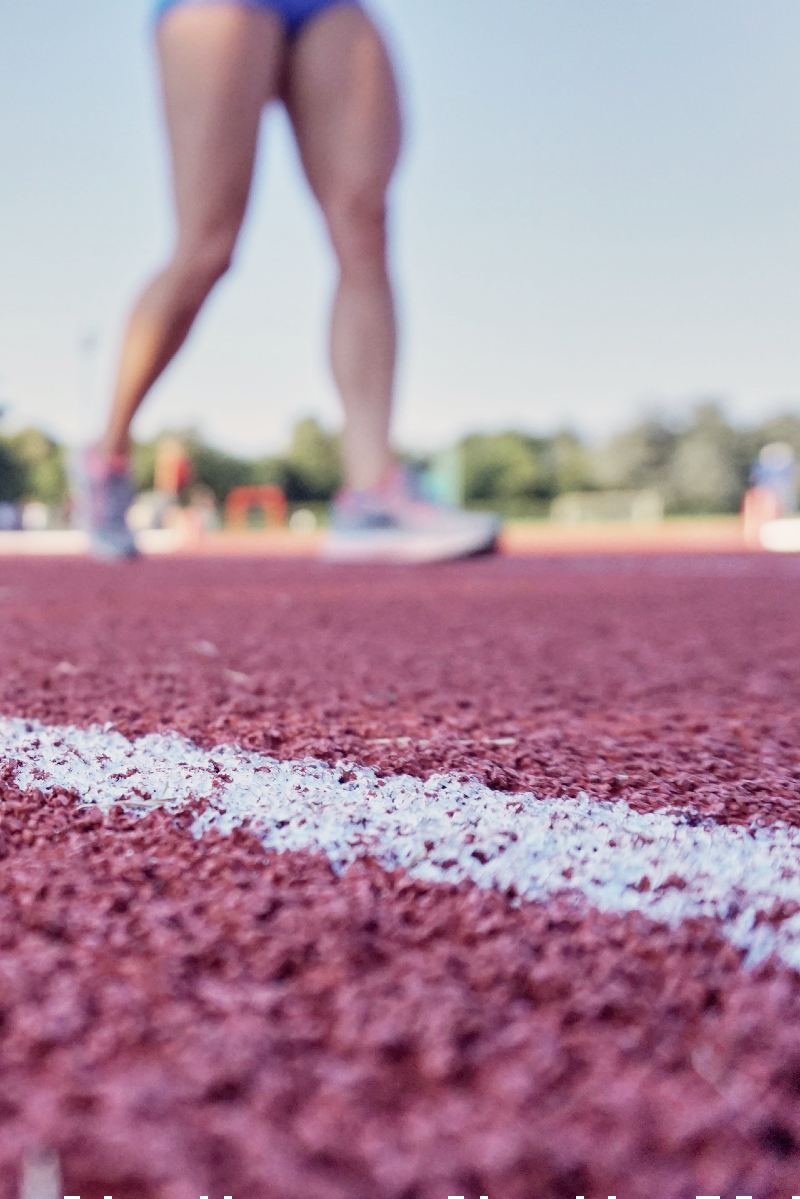
Simply put, it means running a mile within six minutes.
According to data collected from 10,000 runners, a man aged between 35 to 39 years old has a pace of 10:53:45 per mile. Meanwhile, a woman of the same age range has an average pace of 12:03:33.
A man aged between 40 to 44 years old can run at an average pace of 10:28:26 per mile. While a woman of the same age range can run at an average pace of 12:24:47.
The average pace for both men and women across all age ranges is 11:47. So needless to say, running a 6-minute mile will truly be a feat of power, strength, and endurance.
A study suggests that the difference in decision-making between men and women could also have an impact on their pacing.
Some research shows that men have more fast-twitch muscles than women, which could play a role in the speed and quick bursts of power.
What Are Fast Twitch Muscles?
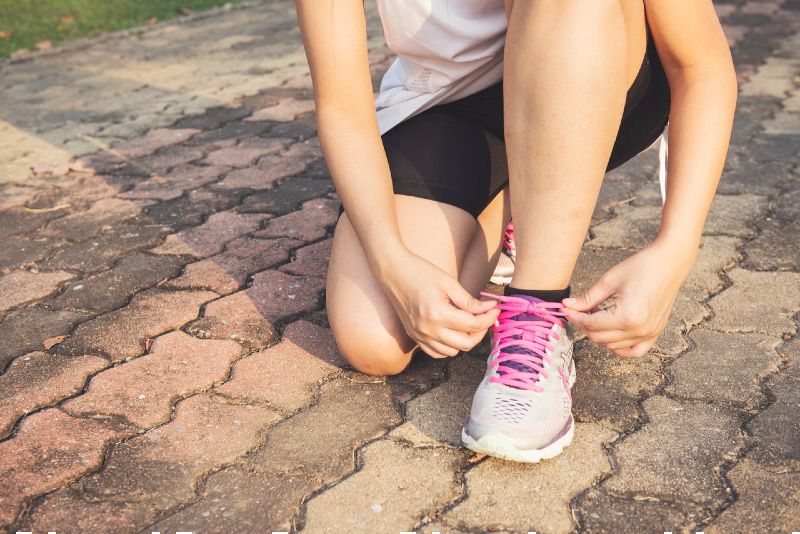
There are two types of muscle fibers – slow-twitch muscles (type I) and fast-twitch muscles (type II). How you train these muscles has a large impact on your athletic ability and overall physical performance.
Slow-twitch muscles use oxygen more efficiently as a source of fuel than fast-twitch muscles. Their contractions run more slowly and are great for endurance workouts.
Endurance runners, such as those that run marathons, often have more slow-twitch muscles.
There are two types of fast-twitch muscles – type IIa and type IIb.
- Type IIa fast-twitch muscles, like slow-twitch muscles, can use oxygen as fuel (aerobic). But they can also use glucose naturally found in the body as a power source (anaerobic).
- Type IIb muscles only make use of anaerobic metabolism to produce energy, only needing glucose in the body as fuel.
Fast-twitch muscles are great for quick bursts of energy and typically get fatigued more quickly than slow-twitch muscles. Because of this, they’re used for sprinting, lifting, jumping, or HIIT training.
However, the type of muscle fiber you develop alone can’t determine which sports you’ll be good at or how fast you are. A lot plays into athletic ability. This includes:
- nutrition
- a healthy lifestyle
- genetics
- body composition and conditioning
How to Improve Running Speed and Nail a 6 Minute Mile
1. Pick up the Pace

Work on increasing your pace, that is your steps per minute. As you train, you should learn to quicken your strides and increase your pace.
Learning to control your pace may help you not just with speed training, but also with endurance training.
If you’re planning on running a marathon in the future, this will help. You can also train with a pedometer to keep track of your steps per minute.
2. Do HIIT Training
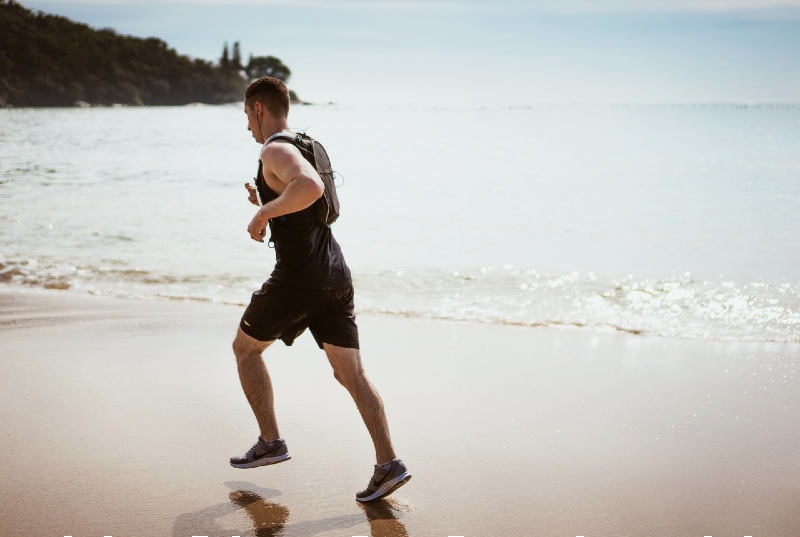
HIIT stands for high-intensity interval training.
This type of training makes use of both aerobic and anaerobic metabolism, which we learned earlier is great for quick bursts of speed or power like sprinting.
During anaerobic workouts, the body produces lactic acid. Lactic acid, or lactase, causes fatigue and pain in the muscles. It’s believed that doing HIIT training can train the body to burn lactic acid more efficiently. And as a result, the athlete may be able to do more intense workouts for longer.
TIME SENSITIVE INFORMATION: EX-CIA Agent Takes You Through The Intensive Sharp Shooter Training He Learned In The CIA Academy. In Just 30 Days Learn To Be A Sharp Shooter Like Every Agent Leaving The Academy.
3. Invest in a Treadmill
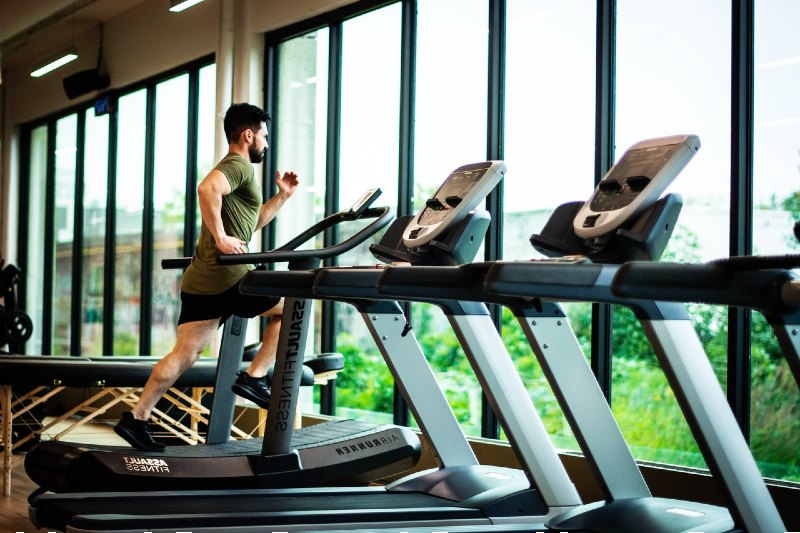
A treadmill could help you speed up your stride or your leg turnover. Faster leg turnover could help you get to the finish line quicker. And as a bonus, it’s a workout you can do from the comfort of your own home.
4. Work Out Your Hips
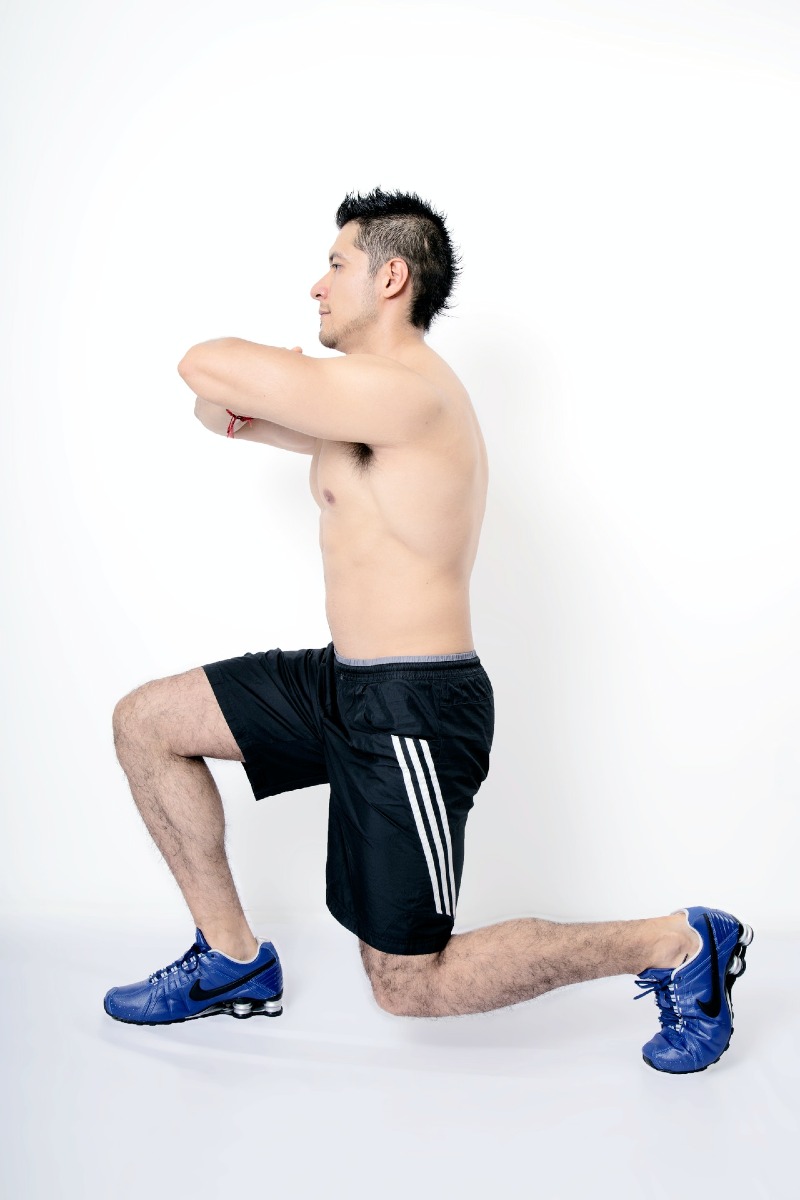
Working out your hip flexors could help boost their flexibility, range of motion, and therefore help you sprint faster.
One study found that improving your hip flexion strength can also help boost your sprint and agility even in physically active, but untrained people.
RELATED: Ironman Triathlon Podcast: What You Need To Know As An Aspiring Ironman
5. Do Tempo Runs

Like HIIT workouts, tempo runs could also help you process lactic acid or lactate more efficiently (lactate threshold). By helping keep your lactate levels low, you’ll be able to keep running faster for longer.
It may also help you improve speed, endurance, and physical performance in runners. They may also help build both slow and fast-twitch muscles.
When looking up-tempo runs, you’ll come across “comfortably hard pace” frequently. It’s widely accepted that this would be a faster pace which you can maintain for an hour.
The goal of a tempo run is to run at 85% – 90% of your maximum heart rate for a period of time. Then, you slow down for a couple of minutes or for a certain distance before you increase your tempo again.
6. Engage Your Core
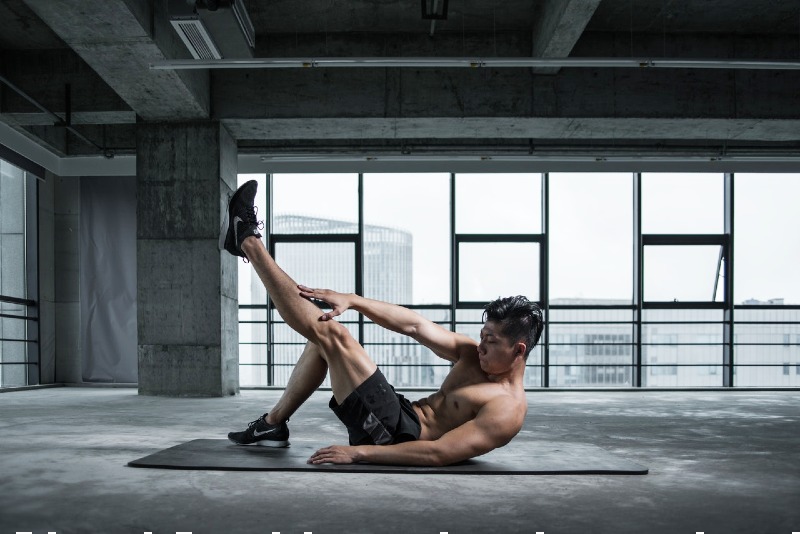
Your core muscles are those that wrap around your trunk and your spine.
The core muscles include:
- Rectus abdominis (trunk flexors)
- Erector spinae (back extensors)
- External and internal obliques (trunk rotation)
- Transverse abdominis (ab compression)
- Multifidi (stability of the spine)
Improving your core strength may help boost your running time.
A small study suggests found that runners that participated in core strength training showed improved running times after six weeks.
Another study finds that it may also help improve your running economy, which is the amount of energy you need to maintain a constant speed.
7. Improve Your Diet

To improve your body composition and condition, diet and exercise must go hand in hand.
Make sure to get plenty of protein to help your muscles recover and rebuild after an intense workout.
Ask your doctor or nutritionist to create a meal plan that will go hand in hand with your lifestyle and workout routine.
8. Execute Proper Form 100% of the Time
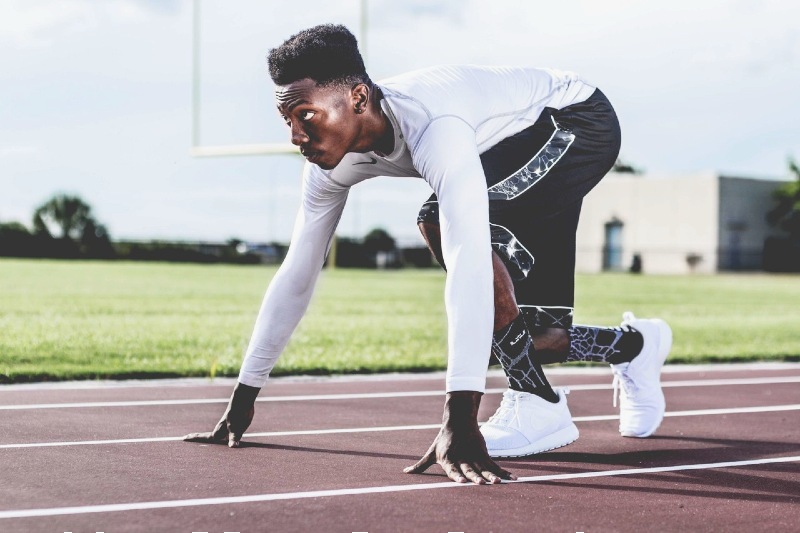
Maintaining proper running form could help determine your physical performance and running economy.
Here are things to remember when running:
- eyes up ahead
- stretch your body from your abs to the top of your head
- bend your elbows 90°, with your hands relaxed by your waist
- keep your shoulders down and relaxed
- avoid bouncing, focus on increasing your strides
You may also train with a running coach to make sure you maintain proper posture. It will not only help you run more effectively but safely as well.
9. Dress for a 6 Minute Mile
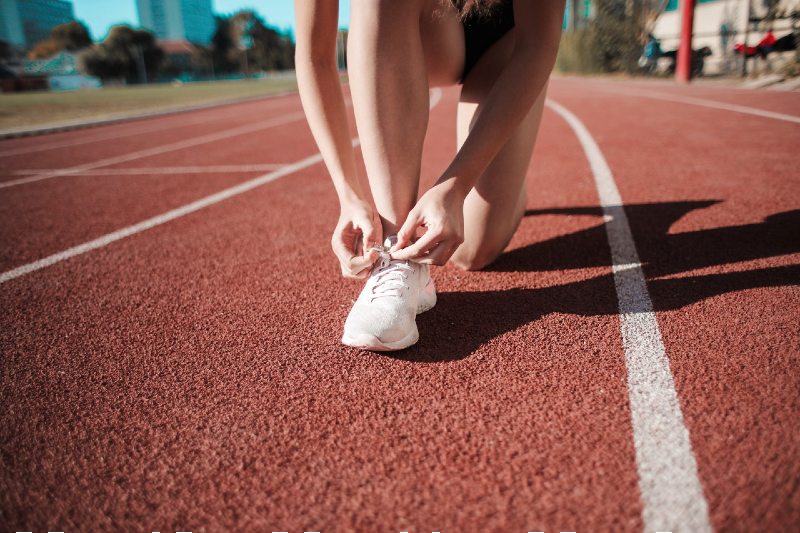
Wear lightweight, wind-resistant workout attire whenever you train. Proper workout gear will help support your muscles and your movement to help you make the most out of your workouts.
Look for shoes that are lightweight and comfortably cushion your steps.
Running a 6-minute mile is a feat even for athletes that run on a regular basis. It employs a lot of power, speed, flexibility, impeccable aerobic performance, and focus. Starting a program to increase your running speed also requires a lot of a finite source – willpower.
Work out consistently, execute dynamic workouts, and ask your doctor or nutritionist for help to improve your diet. Wear the proper attire to help support your muscles, movement, and keep you comfortable during your workouts.
Don’t get impatient if it takes months to achieve this. Keep your eyes forward, locked onto your goal. Rather than sprinting to the finish line as you would in a 6-minute mile, maintain a steady pace in your training. You’ll get there eventually – not everything is a race.
UP NEXT:
- How To Buy the Best Hybrid Bike
- Bicycle Touring | Destinations For You And Your Bike
- Thru Hike Gear List For The Appalachian Trail
Don’t forget to stay connected with us on Facebook, Twitter, Pinterest, and Instagram!
You may like

How To Build A Debris Hut

Ironman Triathlon Podcast: What You Need To Know As An Aspiring Ironman

Awesome Family Camping Tips For Beginners

Hiking Safety Tips: What To Do When You Have Knee Pain On Trail? [PODCAST]

How To Craft Sharp Stone Tools To Survive The Great Outdoors

Mountain Bikers, Why You Don’t Want to Ride Like a Pro!

Hiking Boot Accessories
The Handgun Safety Test For Beginners
These Hunting Shotguns Are The Best Bang For Your Buck
11 Types of Guns That Will Keep You Alive On Doomsday
Best ATV Tires – The Top 6 Lightest Mud Tires
Arizona Hunting Laws and Regulations

The Top 5 Hunting Guns You’ll Ever Need For A Wilderness Walk-out

Hunting And Conservation Discussion | Call Of The Outdoors Podcast [LISTEN]
The Handgun Safety Test For Beginners
These Hunting Shotguns Are The Best Bang For Your Buck
11 Types of Guns That Will Keep You Alive On Doomsday
Best ATV Tires – The Top 6 Lightest Mud Tires
Arizona Hunting Laws and Regulations

The Top 5 Hunting Guns You’ll Ever Need For A Wilderness Walk-out






